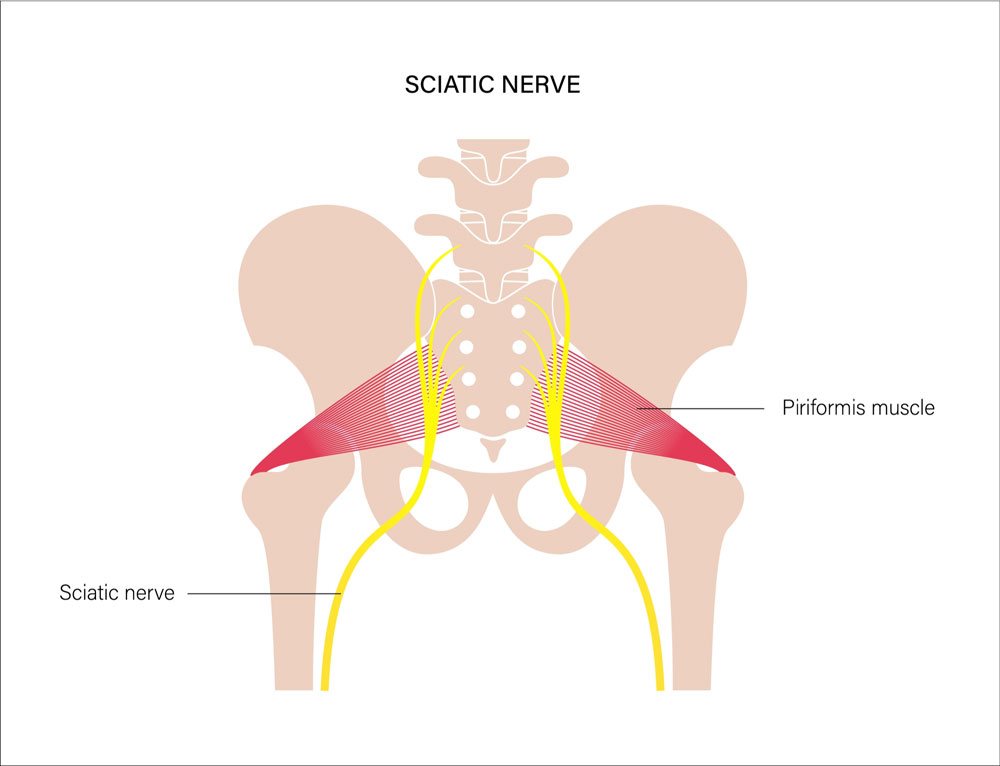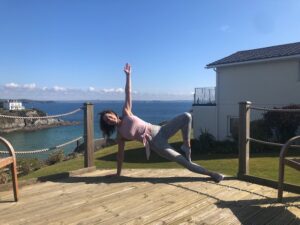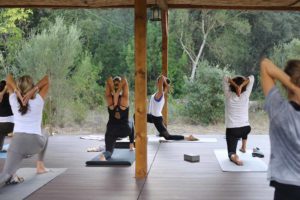

Physiotherapy and Pilates – A Great Partnership!
Physiotherapy and Pilates both provide a great way to prevent and treat musculoskeletal conditions and rehabilitate clients.


Sciatica is pain resulting from the compression or inflammation of the sciatic nerve (the longest one in the body). This nerve runs from the lumbar spine all the way down both legs which means that the pain can often radiate from the low back and glutes, all the way down to the foot. It can be as a result of a structural problem in the low back such as a herniated disc compressing the nerve, but often no specific cause is found. The pain can range from annoying to seriously debilitating and the symptoms include, low back pain, shooting, tingling, or burning pains as well as numbness and cramping from the glutes to the thigh. You can also experience weakness in the leg and pins and needles. For some people it stops them working and for others it may come and go.
I would always recommend that you visit your doctor or a health professional initially. They may be able to identify the cause and recommend appropriate treatment options.
In most cases Pilates will be recommended and with the help of an experienced Pilates instructor, you can learn to gently release tight areas and work on correcting muscle imbalances that have built up over time. The correct firing of muscles will also be worked on particularly around the pelvis. Pilates exercises and stretches should be controlled and progressive for the relief of sciatic pain. Exercises such as L1 scissors, small gentle bridges and the single leg stretch alongside low back, quad and glute stretches are all great.
However, there are still some exercises to avoid as all the exercises are not suitable for those suffering from sciatica and I would recommend that any exercise that will overstretch the hamstrings should be avoided such as a downward dog, hamstring stretching or full single leg circles. It’s also advisable not to overload with double leg movements, do deep full body squats, rotating stretches or participate in high impact sports that might involve jarring movements.
Sciatica can be both irritating and painful, but the good news is that you can improve your sciatica condition by living a healthy lifestyle through nutrition, and using the right exercises recommended by your doctor or health professional. It’s important you find an experienced and knowledgeable Pilates instructor to help guide you to the correct exercises and to make sure you avoid the ones that could make the symptoms worse.


Physiotherapy and Pilates both provide a great way to prevent and treat musculoskeletal conditions and rehabilitate clients.


When on holiday do you like to keep up your health and fitness routine or do you prefer to let it go and do nothing?!


A retreat is not just a holiday it’s an experience!


Explore how Pilates can improve performance, prevent injury, and help you to cycle for longer!


It can be hard to stay on target with your health goals when life is busy and a challenge. Here are 6 top tips to help you stay motivated.
Get the latest news, and updates to new classes
All images and content
© Bridge Pilates Ltd 2023
Company number 13273672